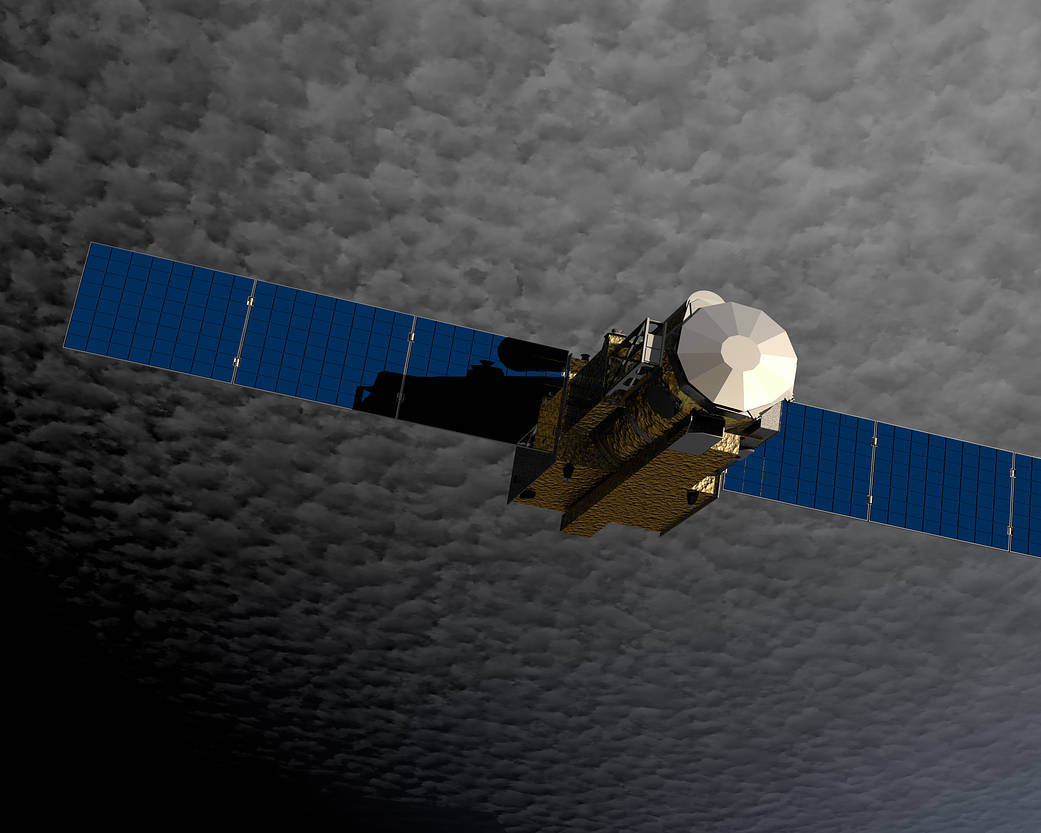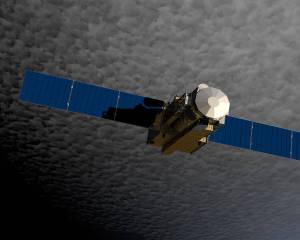
Hinode Launches – Sept. 23, 2006
In 2006, the Hinode spacecraft, known as Solar-B before attaining orbit, was launched from Uchinoura Space Center in Japan. Here, an illustration shows the spacecraft in Earth orbit with its solar panels completely extended. Hinode was designed to probe into the Sun’s magnetic field to better understand the origin of solar disturbances that interfere with satellite communications, electrical power transmission grids and the safety of astronauts traveling beyond Earth’s magnetic field. Led by the Japan Aerospace Exploration Agency, the Hinode mission is a collaboration between the space agencies of Japan, the United States, the United Kingdom and Europe. NASA’s Marshall Space Flight Center managed the development of the spacecraft’s three science instruments: the Solar Optical Telescope, the X-ray Telescope and the Extreme Ultraviolet Imaging Spectrometer. The NASA History Program is responsible for generating, disseminating and preserving NASA’s remarkable history and providing a comprehensive understanding of the institutional, cultural, social, political, economic, technological and scientific aspects of NASA’s activities in aeronautics and space.
- X



























